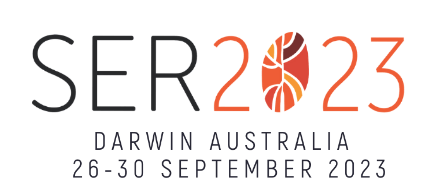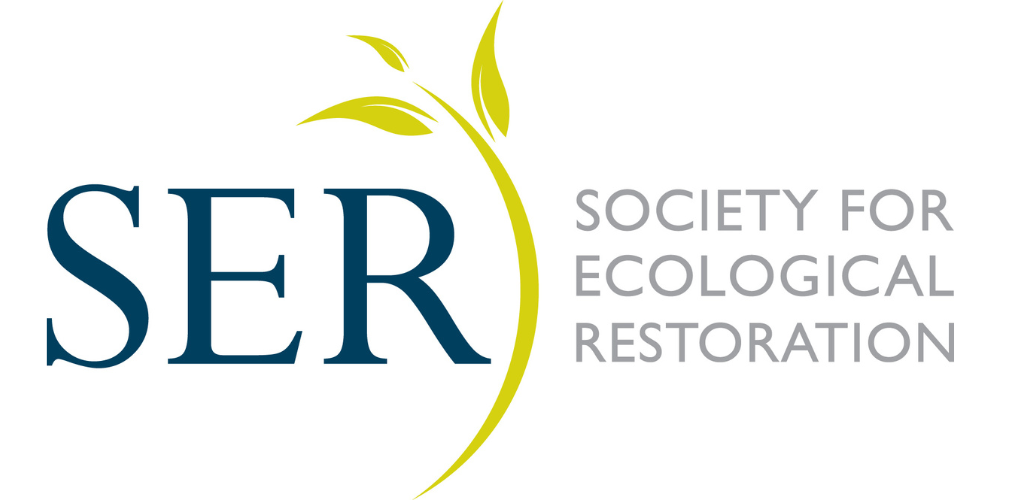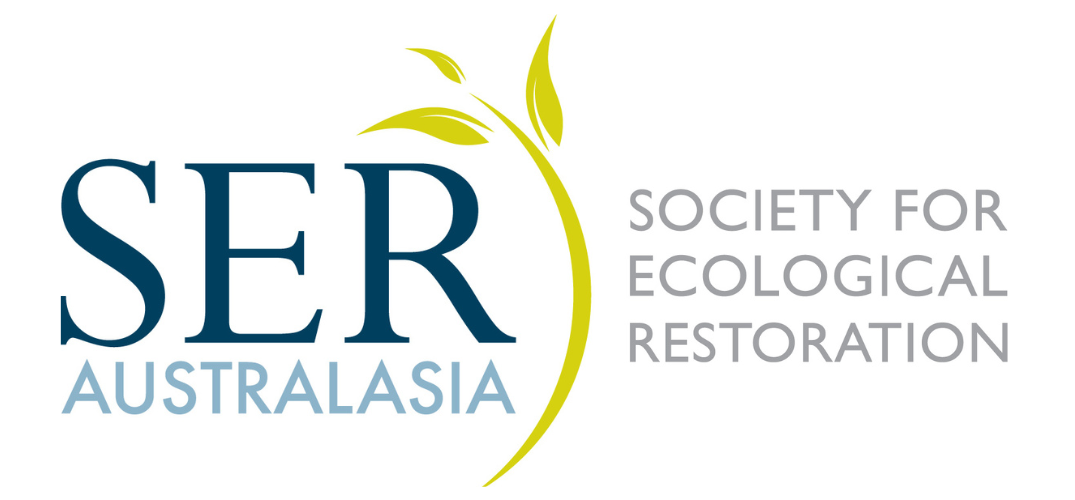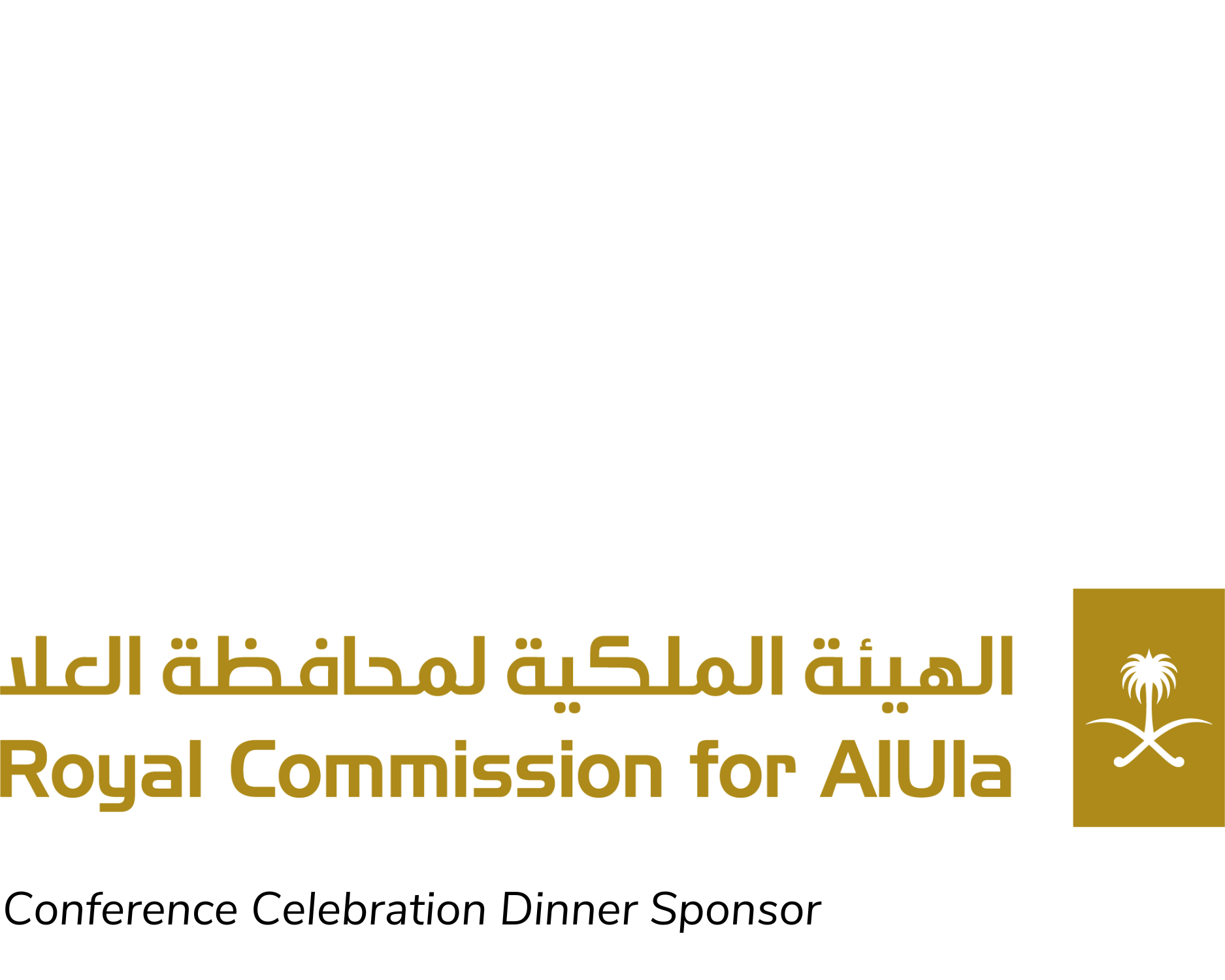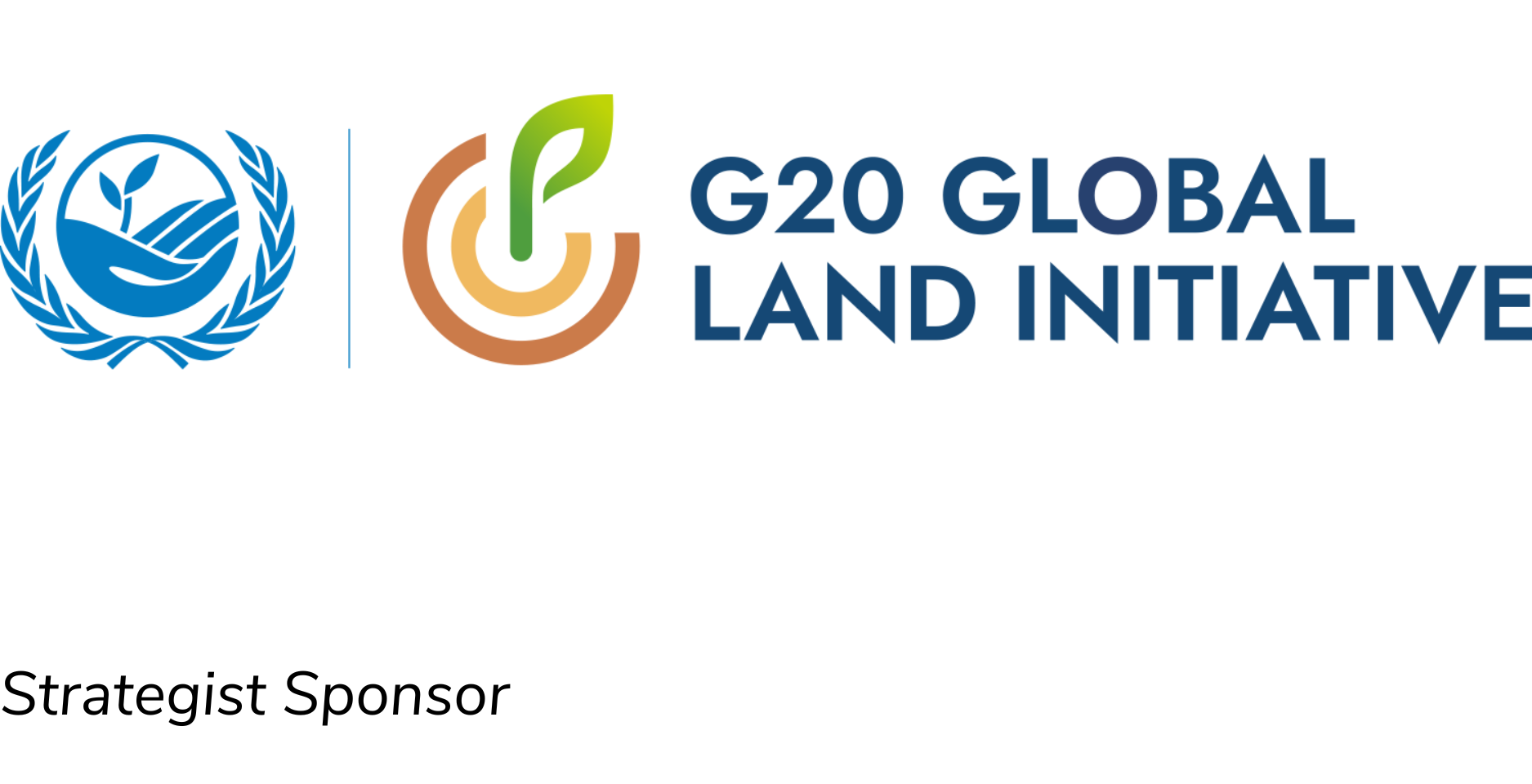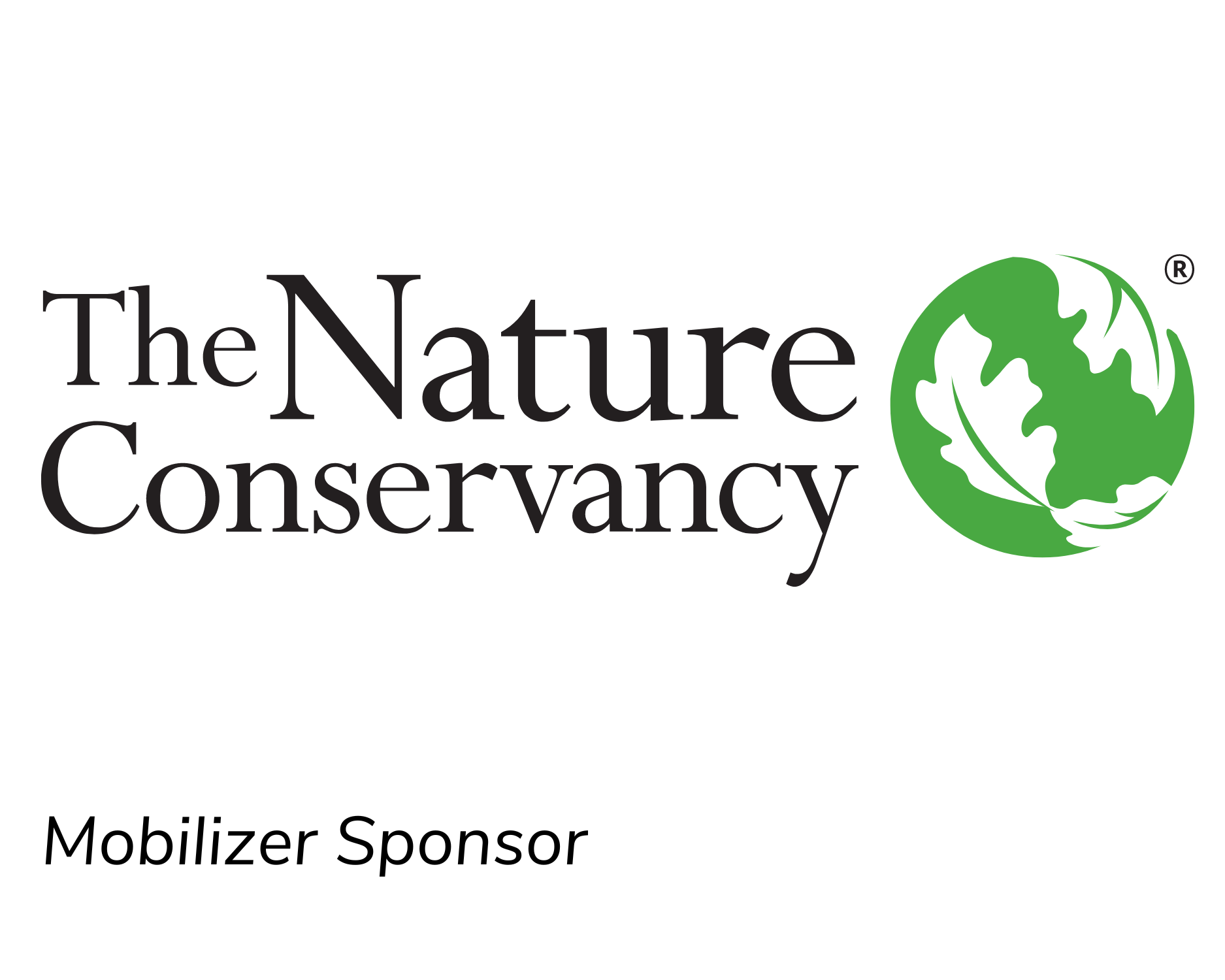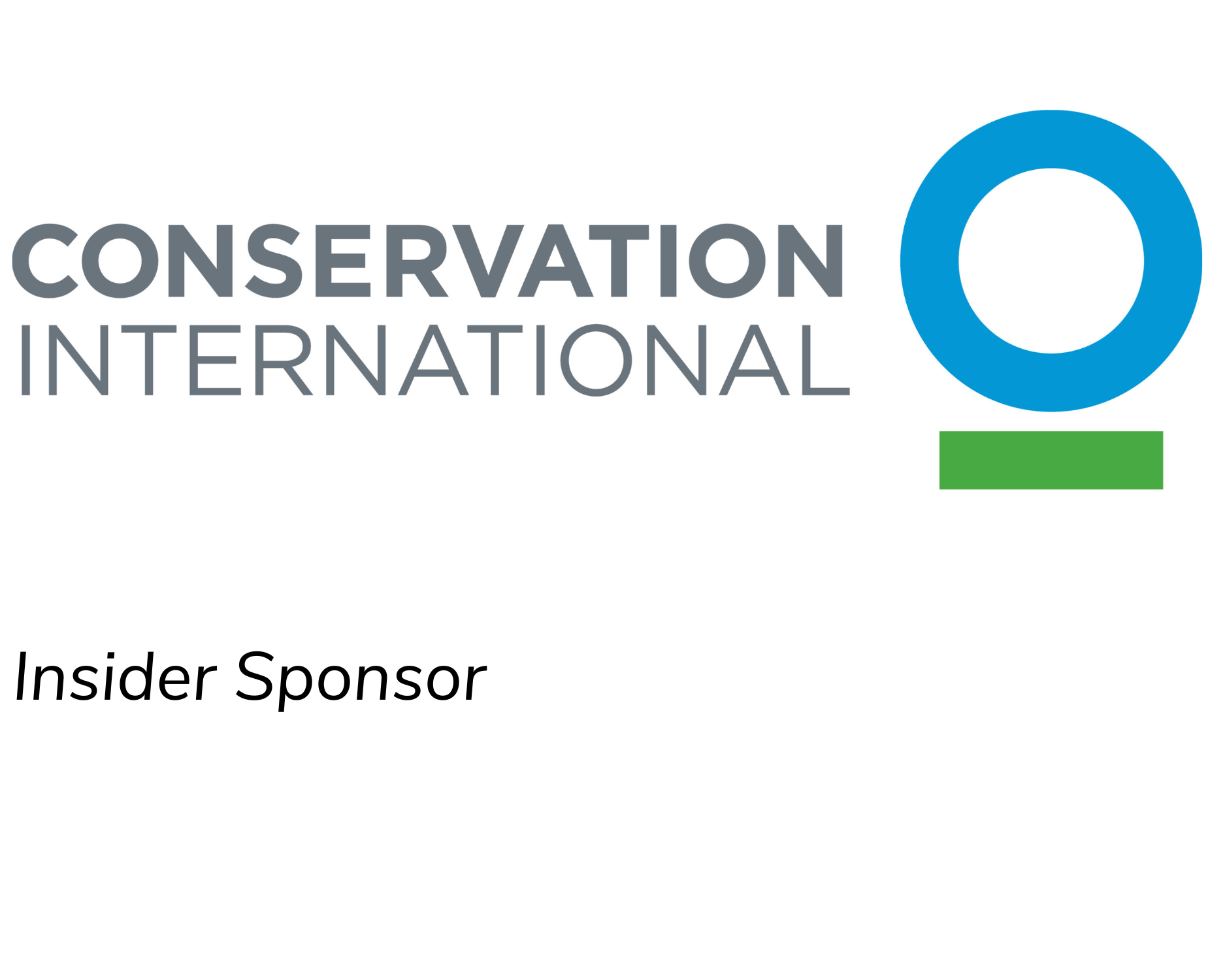Pre-Conference Training Courses will take place on Sunday, 24 September and Monday, 25 September. All training courses will take place at the Hilton DoubleTree Esplanade, which is the same location as the conference, and the DoubleTree Hilton located directly next door. 1/2 day training sessions will include a morning or afternoon tea, depending on the time of day of the course, and full day training courses will include morning and afternoon tea as well as lunch. See descriptions of each training course after the table below. All prices are listed in Australian Dollars.
| Course Title | Date Course is Offered | Duration of Course | Location | Cost per person |
| The ecological restoration game: a group activity for education and community engagement to develop, simulate and present a restoration plan | 24 September | Full Day | DoubleTree Hilton | $150 |
| Building high quality forest and landscape restoration practices that lead to resilient and sustainable landscapes which provide long-term benefits for people and nature | 24 September | Full Day | DoubleTree Hilton | FREE |
| Improving the use and development of native plant materials using data-driven approaches | 24 September | 1/2 Day – Morning | DoubleTree Hilton | $150 |
| Massive tropical landscape restoration: important hidden operational tips that are not normally shared when managing big projects | 24 and 25 September | Two full days | DoubleTree Hilton | $250 |
| Technical and hands on training to scientifically monitor and evaluate restoration projects | 24 and 25 September | Two full days | DoubleTree Hilton | $250 |
| Strategic and operational management of large ecological restoration programs | 25 September | Full Day | DoubleTree Hilton | $150 |
Building high quality forest and landscape restoration practices that lead to resilient and sustainable landscapes which provide long-term benefits for people and nature
The UN Decade on Ecosystem Restoration has defined a set of principles for the practice of restoration in landscapes and on the ground. The application of these principles are key to ensuring restoration interventions deliver high quality results benefitting nature and people. This session will focus on exploring these principles and how they can be effectively incorporated into practice by project developers and other actors promoting ecosystem restoration particularly in the context of forest landscape restoration. The training course will focus on the implementation of Forest Landscape Restoration (FLR) principles and tools to support building and delivering high quality projects.
Technical and hands on training to scientifically monitor and evaluate restoration projects
Even though the concept and practice of ecological restoration has been around for at least a few centuries, since the 1970s it started gaining rapid ground. However, restoration is currently the global buzzword, particularly following the declaration of 2021-30 as the ‘Decade on Ecosystem Restoration’. This has resulted in massive mobilisation of capital and manpower resources at global scales as the world aims to restore 350 million hectares of degraded ecosystems by 2030 – an area almost the size of India. Riding on this massive primary target are many additional goals – such as poverty eradication, improvement in income and livelihoods of local communities, achieving food security, water and biodiversity conservation, combating and reversing desertification and last but not the least, climate change.
However, to date there aren’t any comprehensive monitoring and evaluation protocol and framework for assessing ecosystem restoration projects. In this training course, we will introduce the participants to a ground-tested scientific toolkit based on a comprehensive monitoring and evaluation protocol and framework that we have developed and piloted in India. This toolkit and framework aims to enable the restoration managers, implementing agencies and scientists to empirically measure the impacts and outcomes of restoration across social, ecological, environmental and economic dimensions.
Strategic and operational management of large ecological restoration programs
Following a major environmental disaster that occurred in Brazil in 2015, a Foundation was created to repair and compensate for the damage, with one of the goals being the restoration of 40,000 ha of native vegetation and 5,000 springs. After six years, much experience has been accumulated in the management of people in different levels, having as a common goal the ecological restoration. This 1-day course aims to pass on the knowledge acquired to train other professionals interested in all the necessary steps for structuring and managing large-scale ecological restoration programs, focusing on people and processes. The course will be divided into two modules. The first will be more conceptual for demonstrating the mapping and engagement of stakeholders, the steps for hiring companies, and managing large teams and partners. The second will be more practical, approaching important tools of a PDCA (plan-do-check-adjust) flow, for planning, management, and information reporting. The basics of Microsoft Project, GIS tools, and Power BI will be covered. The main form of the course will be through content presentation, brainstorming discussions, and demonstration of the main functions of the recommended tools. At the end of the 1st module it is intended to conduct a practice to promote discussion among the groups of participants, while at the end of 2nd module, it is planned to conduct a practice with the demonstration of the tools, in which the participants should bring their own electronic devices (notebook or tablet). It is expected to provide a holistic view of the various stages of restoration programs, which will define the future operational capacity of the teams, and bring great benefits to the region of operation.
Improving the use and development of native plant materials using data-driven approaches
Restoration and rehabilitation of degraded landscapes depend on native plant materials to promote functional ecosystems and mitigate the effects of climate change. Globally, the availability of plant materials is limited; even in regions where diverse seed sources are available, it is rare to find multiple, desirable plant materials that are considered genetically appropriate for a site and therefore meet management needs. As a result, efforts to increase the availability and diversity of plant materials are underway, including the development of generalized (i.e., provisional) and species-specific (i.e., empirical) seed transfer tools to guide decision-making in present and future climates. This hands-on training course is designed for restoration professionals who are directly involved in planning the use and development of native plant materials, and who would like to learn approaches to guide decision-making using geospatial data. Participants will explore seed transfer zone concepts and learn how to use geospatial environmental data to guide the deployment of existing native plant materials and the development of new materials under current and future climate scenarios.
The ecological restoration game: a group activity for education and community engagement to develop, simulate and present a restoration plan
The ecological restoration game is a group activity where teams of four players are tasked with developing a fictional restoration plan. The training course will run for an entire day. The recommended number of participants is 24 (six teams of four players). This training is aimed at academics or practitioners looking for effective ways to engage with students or communities to promote and improve the understanding of the principles and practice of restoration in a fun and engaging way. The participants in this course will learn how to run a similar activity and are welcome to use all of the provided tools for their classes and community engagement activities. This activity was developed at Curtin University by Simone Pedrini as part of the Environmental Restoration unit and has been run, tested, and improved for three years.
This activity aims to simulate a “real live” scenario of what it would be like to develop a restoration plan. The game’s rules and mechanics are designed to ensure that the key principles, and practical guidelines illustrated in the Standards Ecological Restoration (Gann et al. 2019), are followed and understood. Each team will be given access to the necessary tools to develop the restoration plan, such as google Sheets interactive tables for developing the budget, the activities description and the timeline. The instructor will guide the teams through plan development, risk identification and mitigation, expertise-assets trading, running the simulation game, and moderating the final presentations.
Massive tropical landscape restoration: important hidden operational tips that are not normally shared when managing big projects
Forest restoration has received increasing attention worldwide for its many benefits. Many steps are required from planning to execution, monitoring and, delivery of the area in the forest restoration process. There are many challenges in this process, especially when it comes to large-scale restoration. The objective of this course is to address all the steps required to implement a large-scale forest restoration program, based on the experiences of the Renova Foundation, responsible for restoring 40,000 ha of native vegetation and 5,000 springs in one of the most degraded watersheds in Brazil. We aim to address topics such as the networking establishment of seed collectors and seedling producers, which connects people with operational demands, the methodologies for choosing areas following criteria based on environmental degradation and its potential for resilience, procedures and important tips for not failing in the planting, maintenance and management of projects, and what are the main attributes that need to be monitored in projects of great magnitude to ensure that the indicators are applicable and can answer whether the planted area is in the process of restoration. For this, over two days, it is planned to present theoretical content in PowerPoint, demonstration of examples and practical exercises, exposure of live material, best practices, and some ways to monitor indicators of restoration. Participants are expected to understand the main steps and challenges for ecological restoration in practice, including the use of new technologies, increasingly popular in the world of forest restoration.
